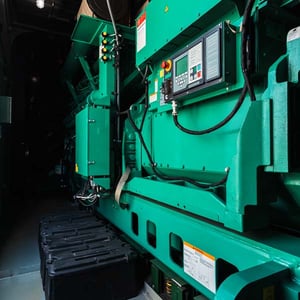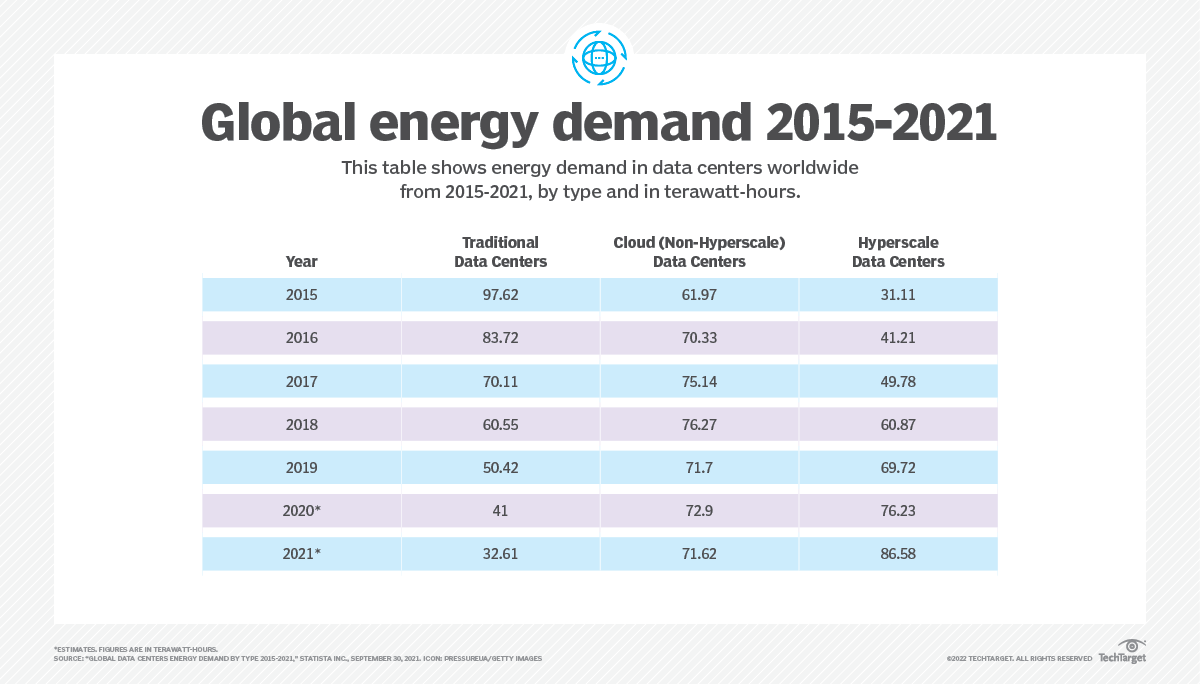
When the Grid is Strained, CoreSite Reduces Data Center Power Draw
California set some records during the week of September 5, 2022 – unfortunately, it was for the highest temperatures ever in some places. Anticipating the strain on the utility grid, residents were asked to set thermostats to 78 degrees F or higher, avoid using major appliances, put off charging their electric vehicles and turn off all unnecessary lights between 4 p.m. and 9 p.m.
The Flex Alert was effective. Rolling blackouts were avoided. Weeknight news included video of Gov. Gavin Newsom thanking everyone for doing their part
For the record, so to speak, I’ll add that CoreSite and other data center providers voluntarily switched over to generator power during peak usage periods that week. CoreSite alone took 20-30 megawatts of power usage off the grid each day in the Bay Area by transferring sites at Santa Clara Campus to generator. Admittedly, doing so is expensive for us, and it requires our operations teams to add to their already full plates. Making the transfer to generator isn’t just a matter of flipping a few breakers; it calls for working through multiple extensive procedures from site rounds to switchboard transfers and solving issues that can come up. But it’s a cost and extra effort we are willing to bear not only in our California campus but also in our Chicago, New York and Reston, Virginia data center campuses. We have answered the call for demand response over half a dozen times in New York this summer, for example.

We participate in Demand Response programs around the nation as part of our commitment to sustainability and environmental, social and corporate governance (ESG) in general. More importantly, and frankly the more impactful aspect is that we make the switch to generator power when the grid is strained to help ensure that hospitals, people dependent on medical equipment at home, retirement communities, schools, subways and critical services have the power availability essential to keep operating when most needed, such as during a heat wave. That’s true for our enterprise customers as well. Downtime is very costly (both in revenue and productivity, given remote work) for a company experiencing a power outage, and the impact ripples through to business partners as well as customers.
How Much Power Do Data Centers Consume?
Data centers have a reputation as being power-hungry facilities. To an extent, that’s true. It takes a lot of electricity to run servers, switching equipment and data center cooling systems. As an aside, keep in mind that every tweet, video post, email and chat chews up energy. Five bits of data are transmitted within and among data centers for every bit of data transported in the network, according to the International Energy Agency.
However, there’s much more to the picture. Consider these trends:
- In 2014, data centers in the U.S. consumed an estimated 70 billion kWh [kilowatt-hours], representing about 1.8% of total U.S. electricity consumption.
- Traditional data centers globally decreased their energy demand, from approximately 97.6 terawatt hours in 2015, to about 50 terawatt hours in 2019. On the other hand, hyperscale data centers have doubled their energy demand in the same period.
- Many experts estimate that data storage and transmission in and from data centers currently use 1% of global electricity. This has hardly changed since 2010, even though the number of internet users doubled and global internet traffic has increased 15X, according to the International Energy Agency.

What is PUE?
How can traditional data centers be reducing energy use as demand for moving data skyrockets? CoreSite contributes to that positive trend by constantly looking for ways to operate more efficiently and reduce our average PUE (power usage effectiveness).
PUE is determined by dividing the total amount of power entering a data center by the power used to run the IT equipment within it. PUE is expressed as a ratio, with overall efficiency improving as the quotient decreases toward 1.0.
In 2021, we achieved an average PUE across the data centers in our portfolio of 1.39, improving efficiency from 1.42 in 2020. If I recall, the industry average PUE is about 1.6.
Power Use Awareness Makes All the Difference
Rising energy costs, climate change and carbon offsets are in the news frequently these days. Given how important power usage, availability and costs are to a data center and our customers, it’s old news to us! Seriously though, we track and report on our environmental impact each year in our Sustainability Report, in addition to addressing the EPA’s greenhouse gas data reporting regulations.
For CoreSite, sustainability is centered around building and augmenting these cornerstones:
- Energy-efficient data centers with high-performance connectivity to enable customers to significantly reduce their overall data center footprint and dramatically lower their costs and energy consumption
- A culture of responsibility, transparency, innovation and operational excellence in which all CoreSite colleagues can achieve success and experience career growth
- Communities of customers who work seamlessly with each other to be more effective at interoperating with communities of networks, enterprises and clouds within a single campus, thus unlocking value with minimal footprint and in a highly sustainable manner
In my role as VP of Data Center Field Operations, I’m always looking for ways to reach higher levels of Operational Excellence, which inherently moves us along on our sustainability journey. I was recently at a conference that included discussion of carbon emissions and research into different sources of greenhouse gases. I learned of an organization called Plan A, whose mission is to “facilitate the sustainable transition for businesses, enabling them to manage and leverage their sustainability data into transformational change.”
I bring up Plan A because I think it helps illustrate that, around the world, people are willing to take action to respond to an increasingly significant problem. It might be as simple as turning off appliances and turning up the thermostat. Or it could be as complex and costly as switching a data center over to generator power and taking 20-30 megawatts of demand off the grid.
When you are ready to learn more about how CoreSite can help you optimize your IT infrastructure to meet business objectives and support your commitment to sustainability, get in touch.










